Home > The Umaid Vilas, Jaipur > Attractions
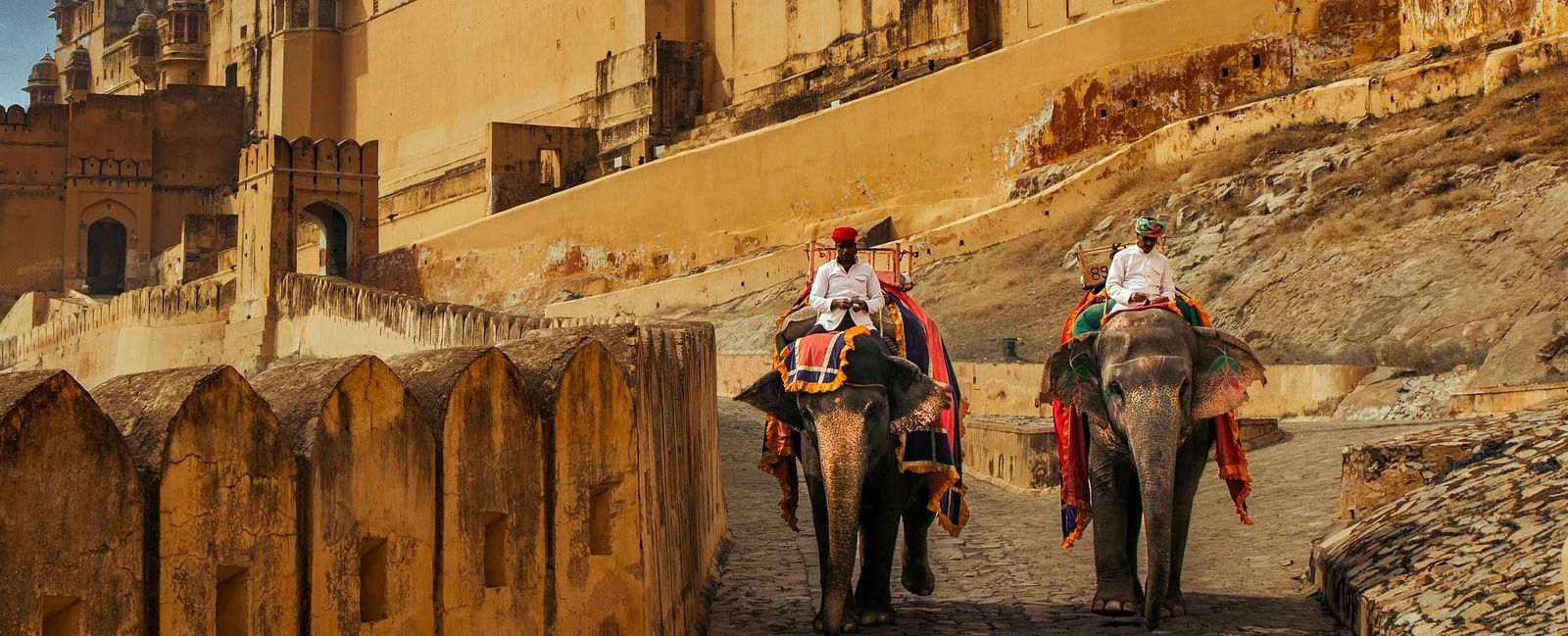
EXPLORE. INDULGE. DISCOVER.
Attractions in Jaipur that Echo Royalty
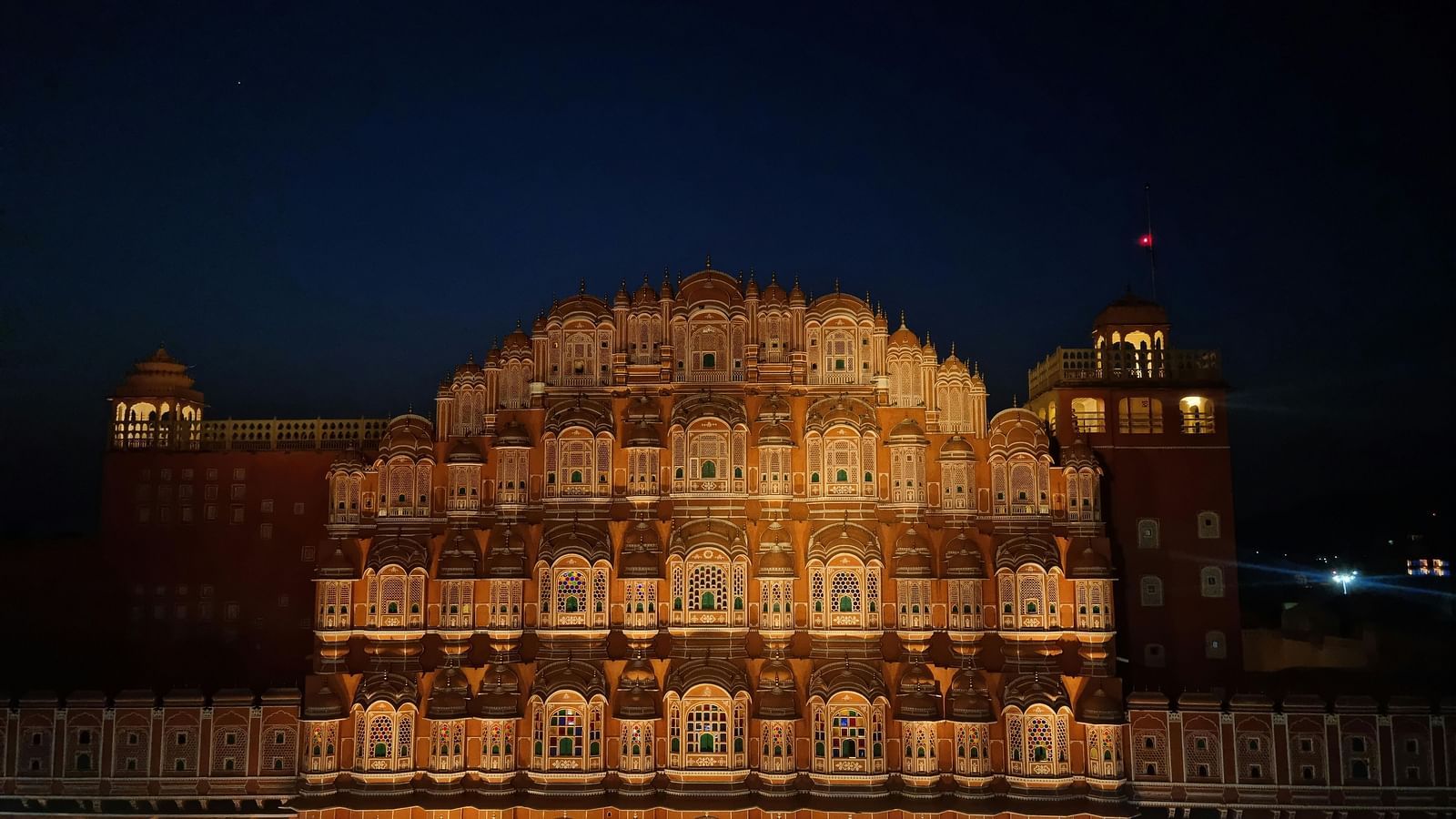
Hawa Mahal
Step into a fairy tale as you gaze upon the Hawa Mahal, meaning the 'Palace of Winds,' which was built in 1799 by Maharaja Sawai Pratap Singh. Its 953 intricately carved jharokhas (windows) were designed to allow cool breezes to flow through, keeping the palace airy even in the desert heat. The five-storey structure, shaped like Lord Krishna’s crown, was a royal observatory for women of the court to watch the city’s vibrant life unnoticed. Climb to the top for a breathtaking view of Jaipur’s bustling streets and ancient forts in the distance.
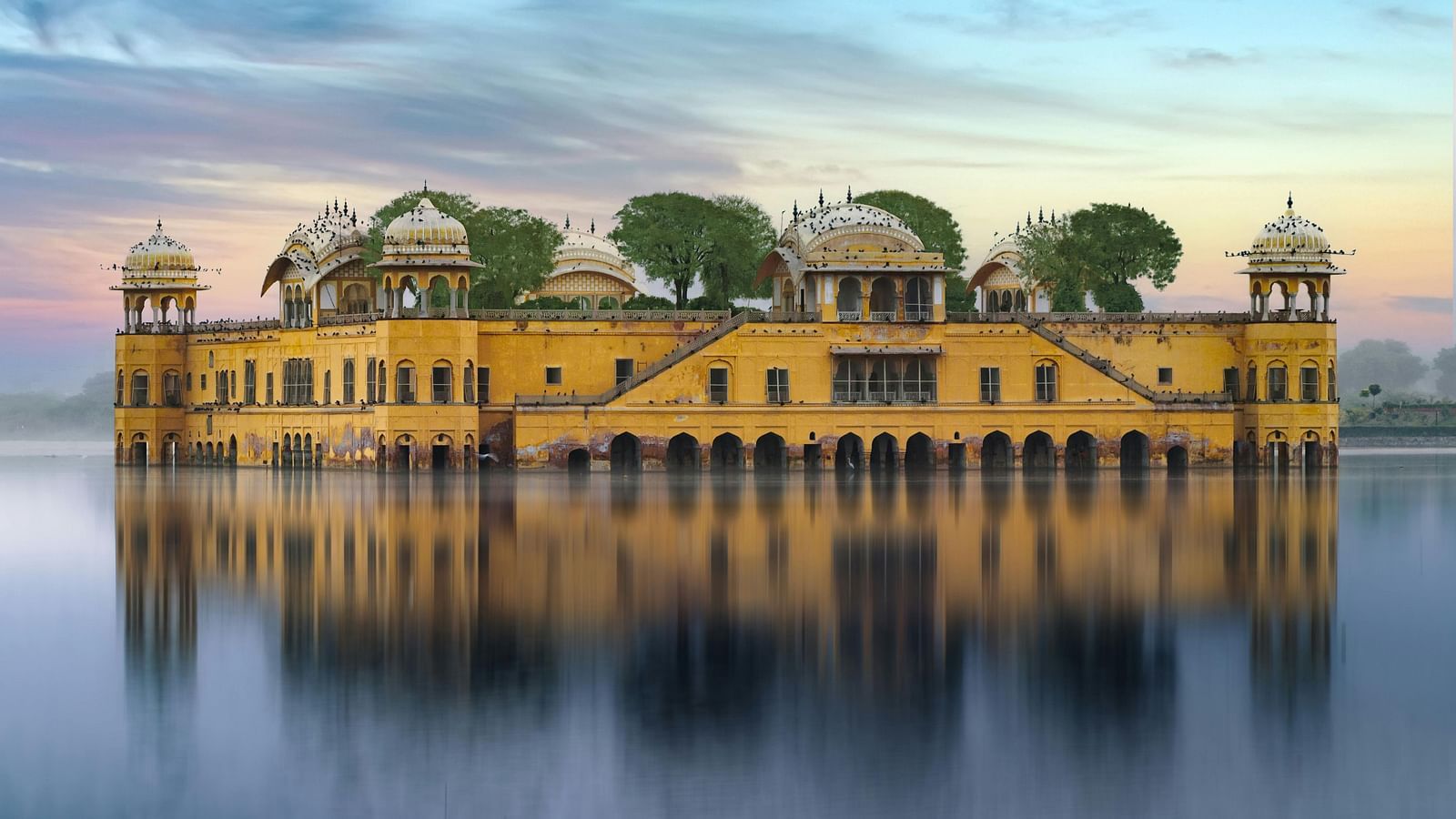
Jal Mahal
Situated in the middle of Man Sagar Lake, Jal Mahal is an 18th-century palace built by Maharaja Madho Singh I as a royal retreat. This five-storey structure features Rajput and Mughal architecture, with four floors remaining submerged when the lake is full. Though entry is restricted, visitors can admire its stunning reflection on the water, especially at sunset when the palace is bathed in golden hues.
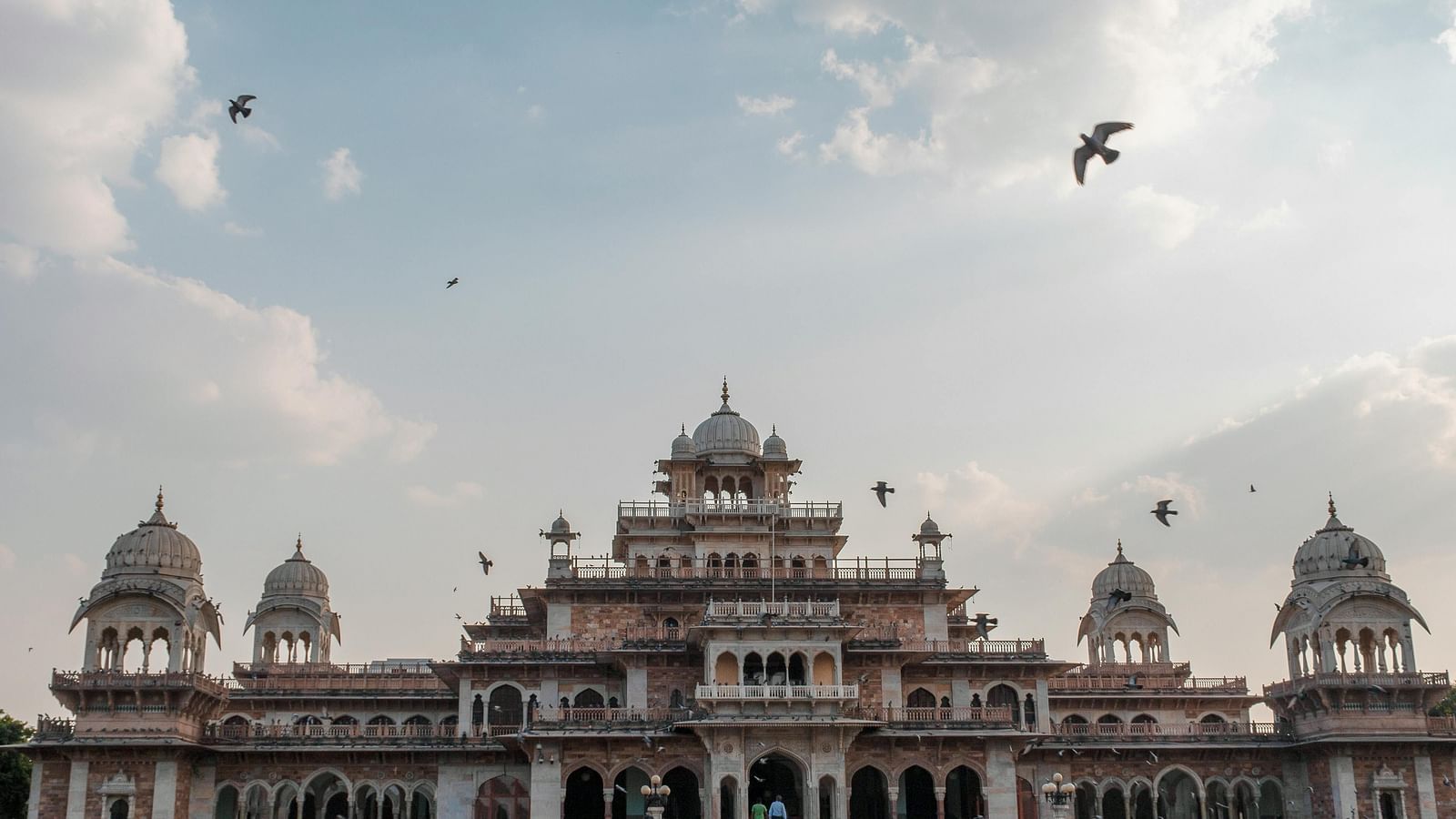
Albert Hall Musuem
Albert Hall Museum, Jaipur’s oldest museum, was established in 1887 and designed in the Indo-Saracenic architectural style. It houses a vast collection of over 16,000 artefacts, including miniature paintings, royal costumes, ancient coins, and an Egyptian mummy. By night, the museum is illuminated in golden light, enhancing its architectural grandeur and historical significance.
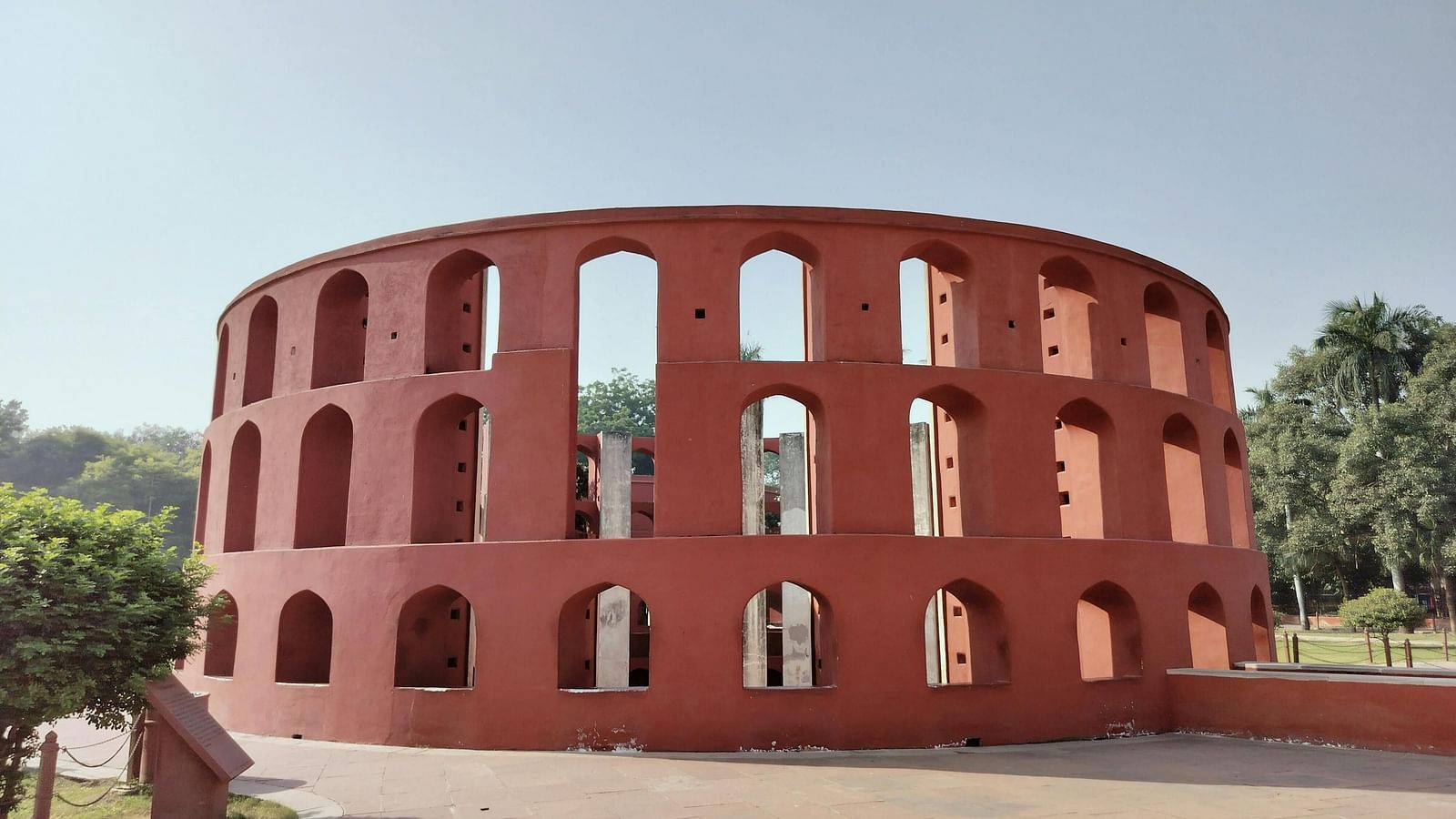
Jantar Mantar
Jantar Mantar, built in 1734 by Maharaja Sawai Jai Singh II, is a UNESCO World Heritage Site and one of the largest astronomical observatories in the world. It features 19 scientific instruments, including the world’s largest stone sundial (Samrat Yantra), which measures time with an accuracy of two seconds. Designed for precise astronomical observations, it remains a significant monument in the study of ancient Indian astronomy.
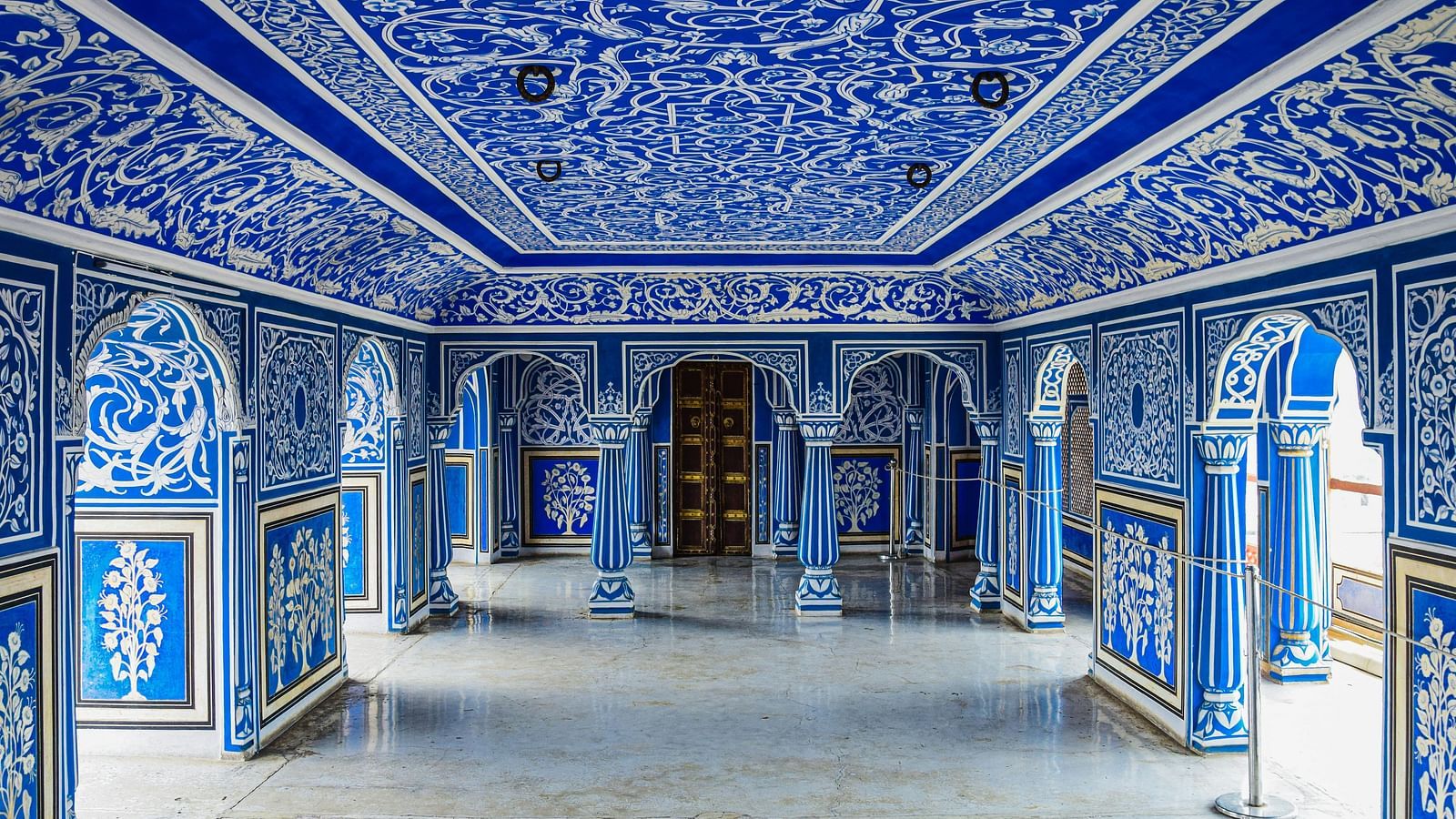
City Palace
The City Palace, built in the 18th century by Maharaja Sawai Jai Singh II, is a blend of Rajput, Mughal, and European architecture and remains the residence of Jaipur’s royal family. The complex features grand courtyards, museums, and historic halls, including the Diwan-e-Khas, home to the world’s largest silver urns, and the Mubarak Mahal, showcasing royal artefacts. The Peacock Gate, known for its intricate craftsmanship, is one of the palace’s most admired features.
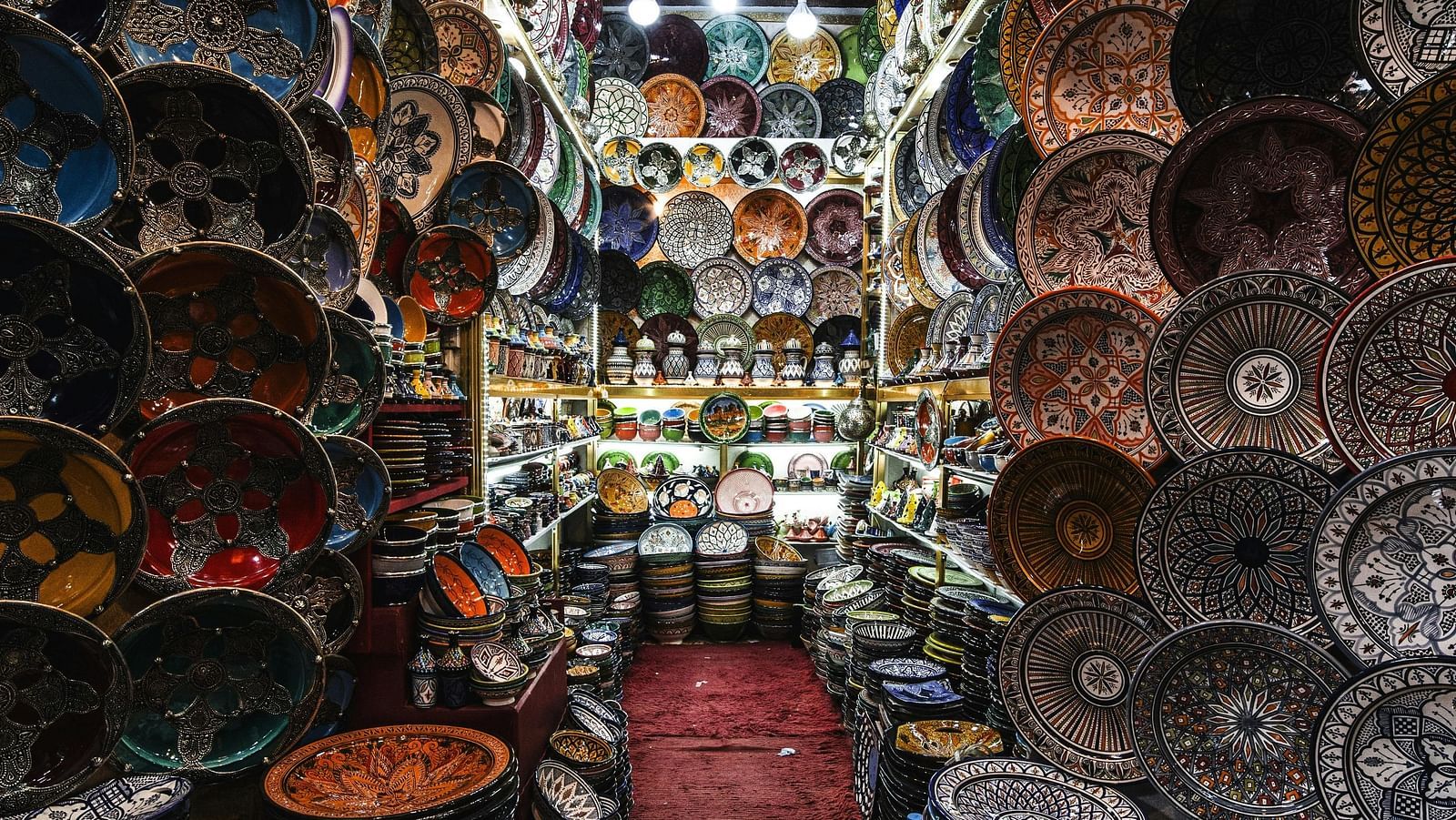
Johari Bazaar
Johari Bazaar is one of Jaipur’s oldest and most famous markets, known for its Kundan, Polki, and Meenakari jewellery, which have been crafted here for centuries. The market is also a hub for precious gemstones, traditional textiles, and handcrafted artefacts, reflecting Rajasthan’s rich artisanal heritage. Located in the heart of the city, it remains a popular destination for both shoppers and cultural enthusiasts.